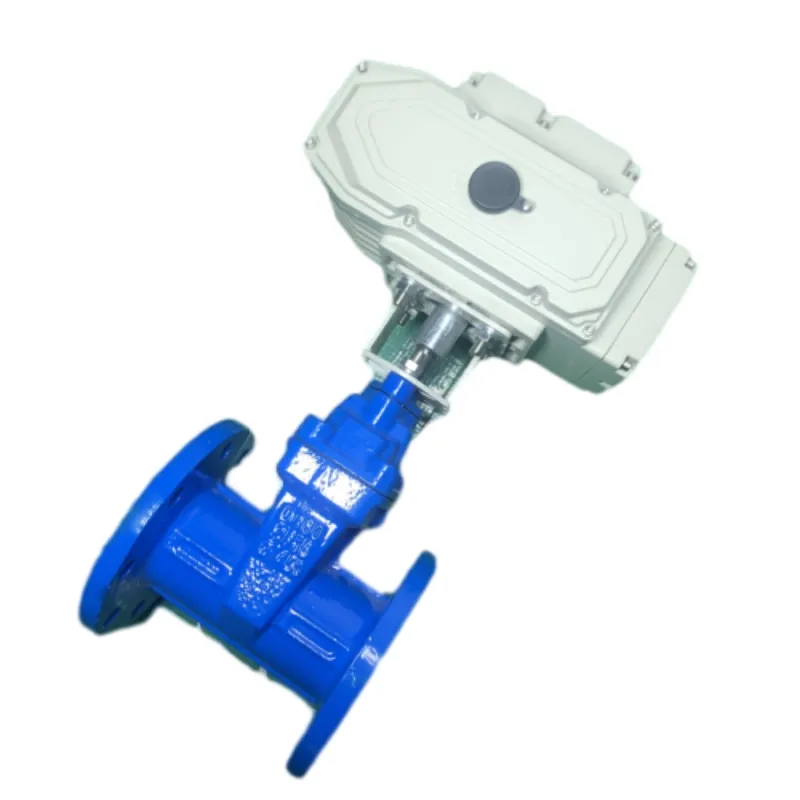nov . 16, 2024 05:49 Back to list
200mm gate valve
Understanding the 200mm Gate Valve Applications, Benefits, and Technical Features
A gate valve is a type of valve used to control the flow of liquids and gases in various piping systems. Among the various sizes available, the 200mm gate valve has become increasingly popular due to its reliability and effectiveness in managing flow in industrial applications. This article will explore the technical features, applications, advantages, and best practices for using 200mm gate valves effectively in different systems.
Technical Features
The 200mm gate valve typically consists of a valve body, a gate (or disk), a stem, and a handwheel or actuator for operation. The valve body is usually made from durable materials, including cast iron, stainless steel, or brass, designed to withstand high pressure and temperature variations. The gate is positioned between two sealing surfaces, which opens and closes to allow or obstruct flow. One notable feature of a gate valve is its ability to provide a straight-through flow path with minimal pressure loss, making it an efficient choice for many applications.
The stem connects the gate to the handwheel or actuator. When the handwheel is turned, the stem moves the gate upwards or downwards. The 200mm size provides adequate clearance for significant fluid flow, making it suitable for large pipelines and systems requiring substantial throughput.
Applications
200mm gate valves are widely used across various industries
. Common applications include1. Water Supply Systems In municipal and industrial settings, these valves help control water distribution and manage pipeline maintenance. 2. Oil and Gas In the oil and gas industry, gate valves are essential for managing the flow of crude oil and natural gas through pipelines, ensuring the integrity and safety of the system. 3. Chemical Processing The chemical industry benefits from gate valves for controlling the flow of corrosive substances in a secure manner. 4. Power Plants These valves are often used in cooling water systems and must endure high pressure and temperature conditions. 5. Construction Gate valves can also be found in irrigation systems, where they help regulate water flow efficiently.
200mm gate valve

Advantages
One of the key advantages of a 200mm gate valve is its ability to create a virtually unobstructed path for fluid to flow through when fully open. This characteristic reduces the resistance and allows for higher flow rates, which is particularly beneficial in applications where maintaining optimal flow is crucial.
Gate valves are also known for their durability and longevity. Their simple design minimizes the risk of mechanical failure, making them an excellent long-term investment for industrial applications. Additionally, when fully open, gate valves do not trap fluids, reducing the risk of sedimentation and ensuring a cleaner operating environment.
Best Practices for Use
To maximize the effectiveness of a 200mm gate valve, adhering to best practices during installation, operation, and maintenance is crucial. Here are a few considerations
1. Correct Installation Ensure the valve is installed in the correct orientation, with the flow direction indicated on the valve body. This helps maintain optimal functionality and reduces wear. 2. Regular Maintenance Periodic inspections and maintenance can identify potential issues before they lead to failure. Lubricating moving parts and checking for leaks should be part of a regular routine. 3. Operational Awareness Operators should be trained to understand the specifics of running gate valves, ensuring they operate them correctly to prevent damage and prolong lifespan. 4. Avoid Partial Opening Gate valves are designed to be either fully open or fully closed. Operating them in a partially open position can lead to wear and damage over time.
Conclusion
In conclusion, the 200mm gate valve is a versatile and essential component in various industrial applications, specifically designed for efficient flow control. Its simple, robust construction and ability to handle large volumes of fluid make it an ideal choice for water supply systems, chemical processing, and more. By understanding its features and adhering to best practices, industries can ensure reliable and effective fluid management, thereby enhancing operational efficiency and safety.
-
Valves in Water Treatment PlantsNewsJul.07,2025
-
Safety Precautions When Installing Control ValvesNewsJul.07,2025
-
Importance of Routine Inspections for Ball Type Check ValvesNewsJul.07,2025
-
Function and Operation of 1 1 2 Gate ValvesNewsJul.07,2025
-
Enhancing the Performance of 1 1 2 Inch Check ValvesNewsJul.07,2025
-
DN50 Filter Water Valves in Municipal Water TreatmentNewsJul.07,2025
Related PRODUCTS









